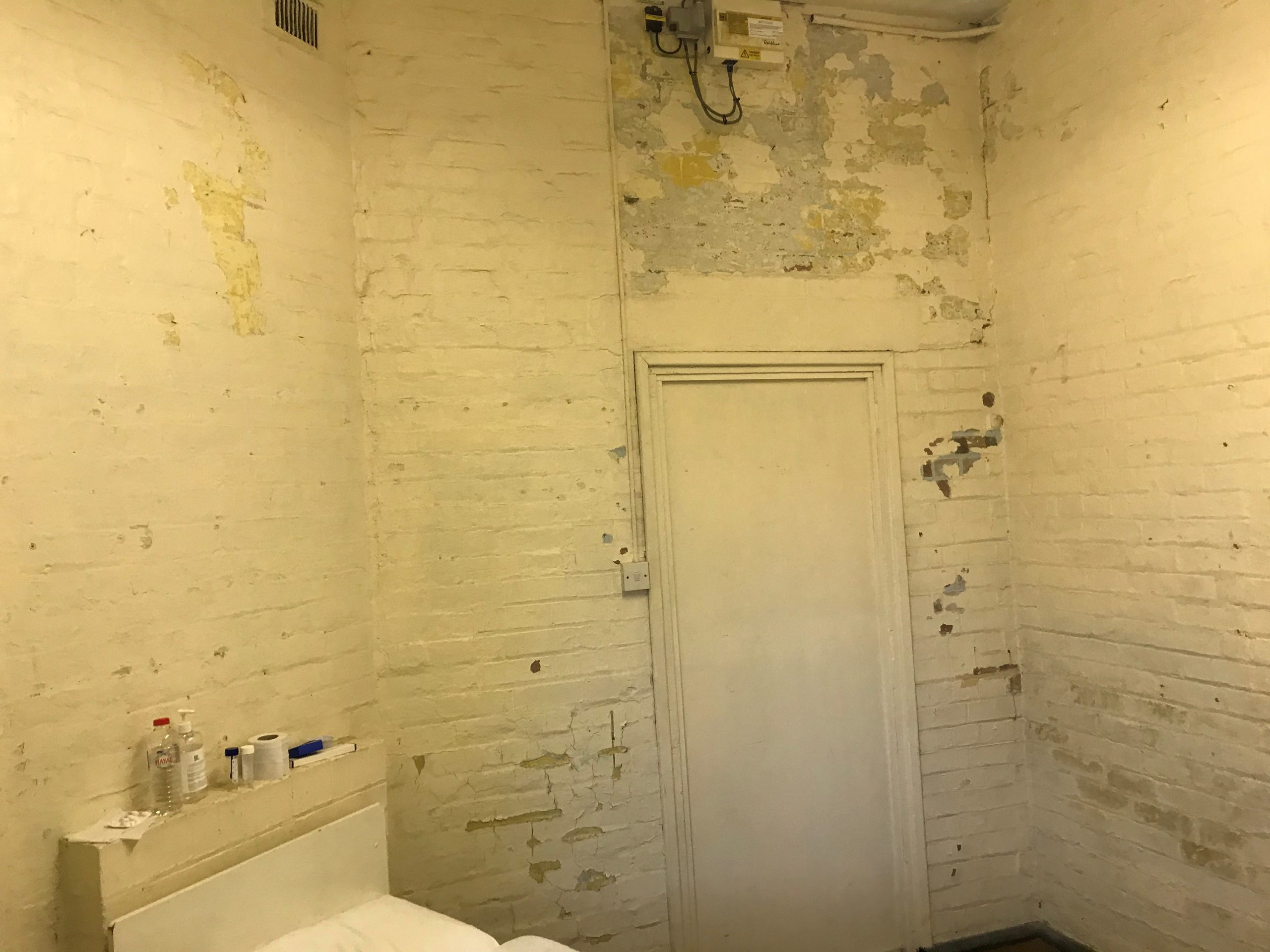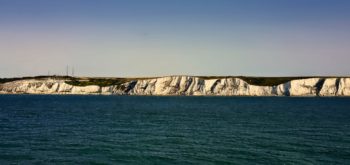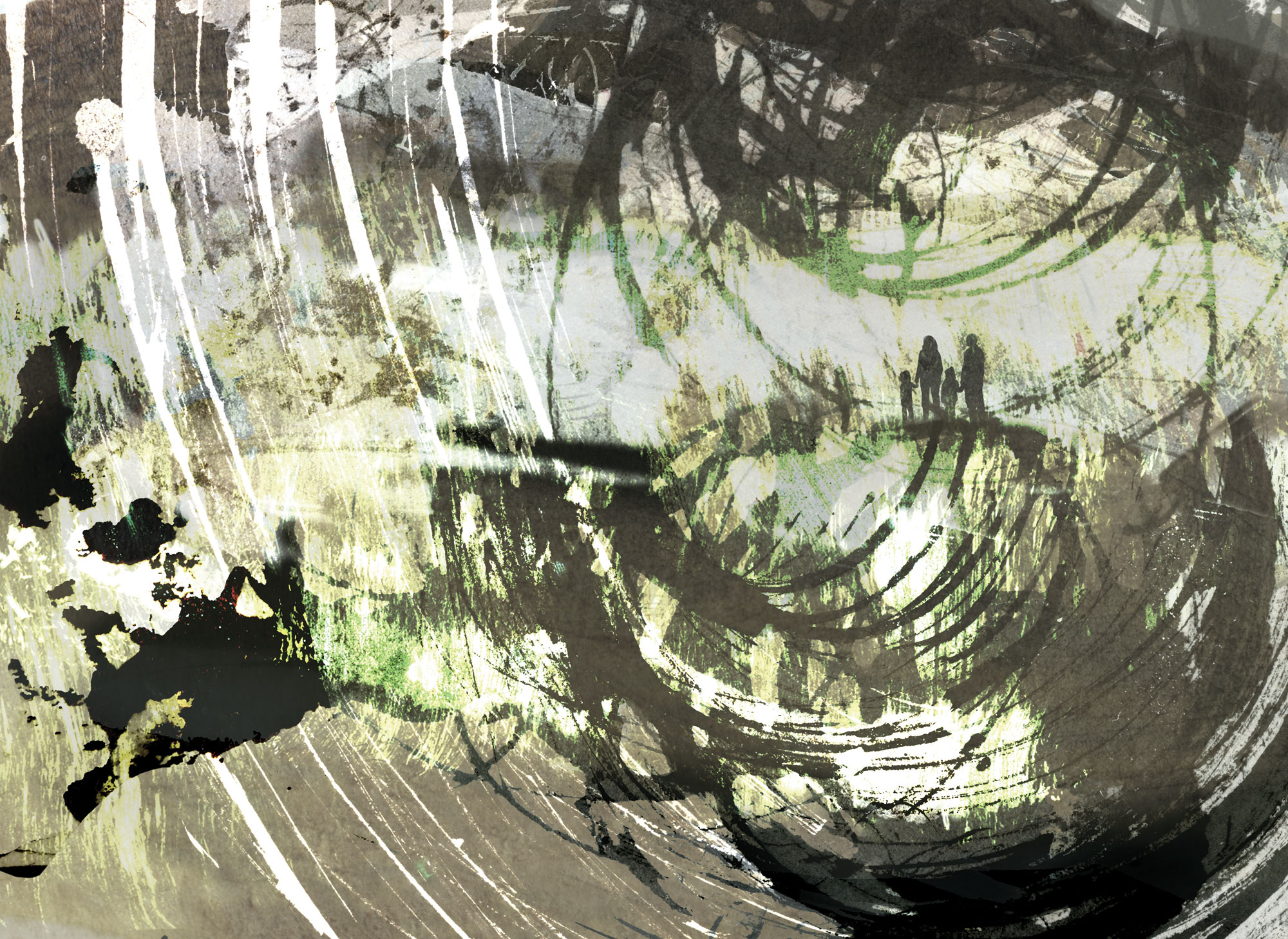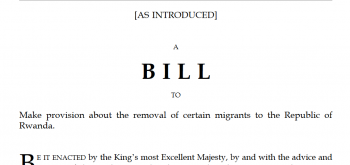The public health watchdog warned the Home Office that Napier Barracks, the former military site in Kent, would be neither COVID safe nor in line with guidance ahead of it opening to some 400 asylum seekers in September last year. According to new reports from the Independent Chief Inspector of Borders and Immigration and Her Majesty’s Inspectorate of Prisons, both Napier barracks and the Penally Camp in West Wales were opened before recommendations made by Public Health Wales and Public Health England respectively could be implemented.
The inspectors wrote that, given the ‘cramped’ conditions at Napier, once one person was infected ‘a large-scale outbreak’ was ‘virtually inevitable’. According to a survey of residents, not a single person and at Penally ‘the vast majority’ did not feel they were being kept safe. According to the report, opening the two camps presented ‘substantial logistical and other challenges’ particularly during a pandemic. ‘Despite this, the Home Office gave its accommodation contractors less than two weeks to make each site operational,’ they continued. It also reported that ‘essential services’, such as healthcare, were not consulted ahead of the Home Office taking the decision to proceed. ‘They were given insufficient time to prepare before the first asylum seekers arrived and there seems to have been little understanding or regard on the Home Office’s part of what impact this would have at the local level,’ the report said.
‘We met many men who described feeling depressed and hopeless at their circumstances,’ the inspectors reported. ‘All of those who responded at Napier and the vast majority at Penally said they had felt depressed at some points. At both sites about a third of respondents said they had mental health problems; about a third of respondents at Napier said they had felt suicidal.’ The report raised serious safeguarding concerns at Napier including inadequate support for people who had self-harmed. ‘People at high risk of self-harm were located in a decrepit ‘isolation block’ which we considered unfit for habitation,’ the report said. Residents claiming to be children were housed in the same block pending age assessment including one resident who had been held there for two weeks.
During a COVID-19 outbreak at Napier, over a hundred people were confined to their billets for approximately four weeks and unable to go outside except to use the mobile toilets or showers. ‘They were warned that they might be arrested if they left the camp,’ the report stated. ‘In at least one case, a resident was forcibly returned to the camp by the police.’
According to the inspectors, at Napier, the number of residents had reduced from almost 400 in mid-January 2021 to 62 in mid-February. Since December 2020, the number at Penally had been halved to around 80.








